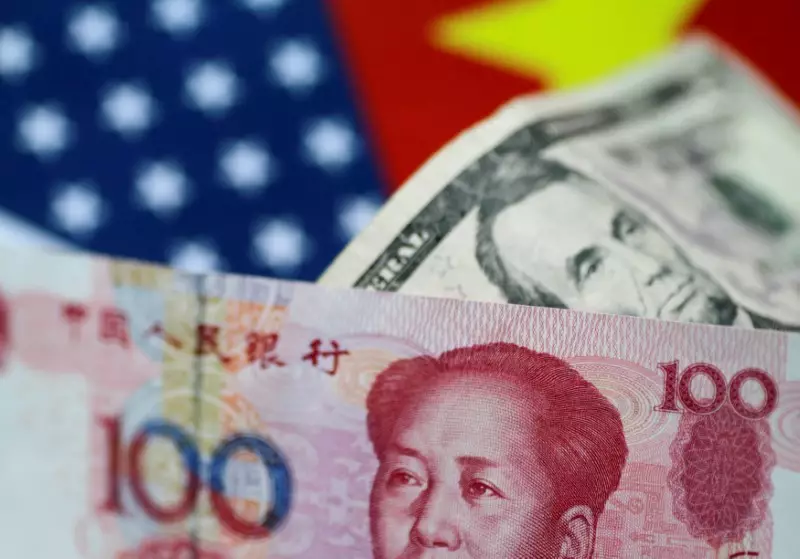The Asian currency market displayed a subdued tone lately, with a significant number of regional currencies hovering within a limited trading range. This stagnation can largely be attributed to the anticipation surrounding U.S. monetary policy shifts, particularly the expectation of limited interest rate cuts in 2025. Traders seem to be exercising caution as they navigate these turbulent waters. Notably, the Chinese yuan has taken a downturn, reflecting the waning effectiveness of prior stimulus measures aimed at bolstering the economy.
The sentiment in the Asian currency markets is tightly interwoven with U.S. economic projections. The prospect of slower interest rate cuts in the coming years is fostering a certain level of hesitance among traders, causing them to favor the dollar over regional currencies. This dollar strength was bolstered further with the onset of protectionist policies expected to unfold under the incoming administration led by President Donald Trump. As market participants react to these factors, the dollar index has marked its highest levels since November 2022, signifying robust confidence in the U.S. currency despite global economic uncertainties.
Focusing specifically on the Chinese yuan, the recent Caixin Purchasing Managers’ Index (PMI) data has raised alarms regarding China’s manufacturing health. The figures not only fell short of expectations but also indicated diminishing support from previous stimulus efforts. The yuan’s value slipped to 7.3190 per dollar, its lowest in over a year, aligning with broader concerns regarding the sustainability of China’s economic recovery. Market analysts are increasingly worried that the ongoing support measures, though initially promising, have begun losing traction against the backdrop of complex trade relations, particularly with the United States.
Other Asian currencies have also been volatile in light of the dollar’s strength and regional economic indicators. The Japanese yen, for example, has faced considerable pressure, struggling with a dovish outlook from the Bank of Japan. After recently peaking at a five-month high against the dollar, the yen’s movement has been stymied, reflecting both domestic monetary policy apprehensions and broader geopolitical tensions.
Similarly, the South Korean won has experienced significant fluctuations, marked by an approximate 15% increase against the dollar throughout 2024. The ongoing political climate within South Korea plays a critical role in this currency’s performance, manifesting a volatile environment that traders must navigate carefully. Conversely, while the Singapore dollar experienced a minor decline, it has benefited from unexpectedly strong GDP growth in 2024, although doubts linger regarding the nation’s economic trajectory moving forward, especially after a notable slowdown in the fourth quarter.
As the Asian currency landscape stands on the precipice of change, traders are left to decipher the interplay between domestic economic indicators and external influences, particularly those emanating from the U.S. The positioning of major currencies, such as the yuan and yen, serves as a microcosm for the challenges faced by the region. Moving forward, careful monitoring of geopolitical developments and monetary policy shifts will be crucial for investors seeking to navigate these complex market dynamics.
While there is an air of uncertainty hovering over the Asian markets, some opportunities may emerge as nations respond through fiscal measures and policy adjustments. The overarching narrative, however, remains one of reservation as traders exercise deliberation in the face of a potentially turbulent economic landscape. The ability to adapt and predict these shifts could determine the success or failure of investment strategies in the coming months.

